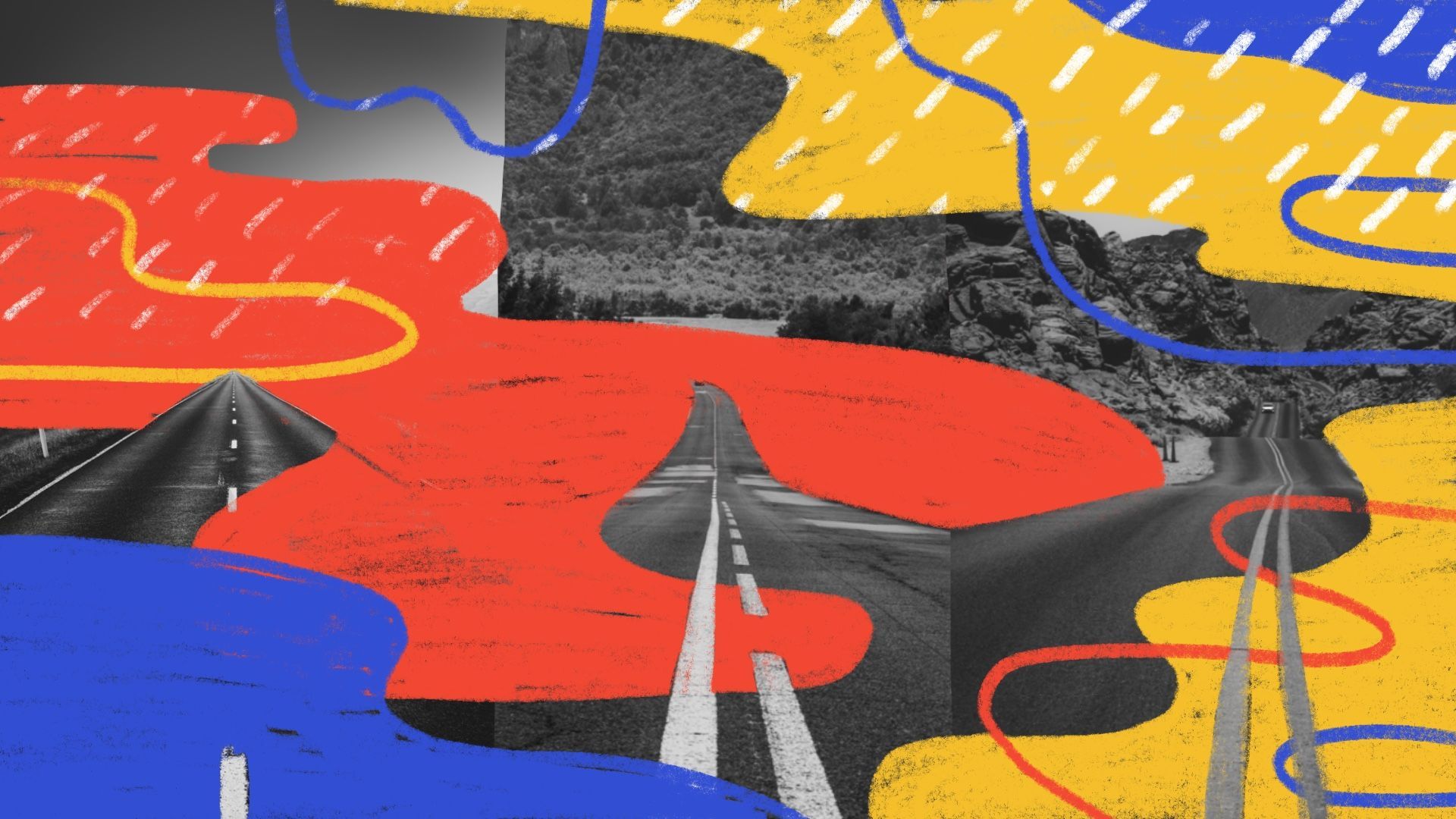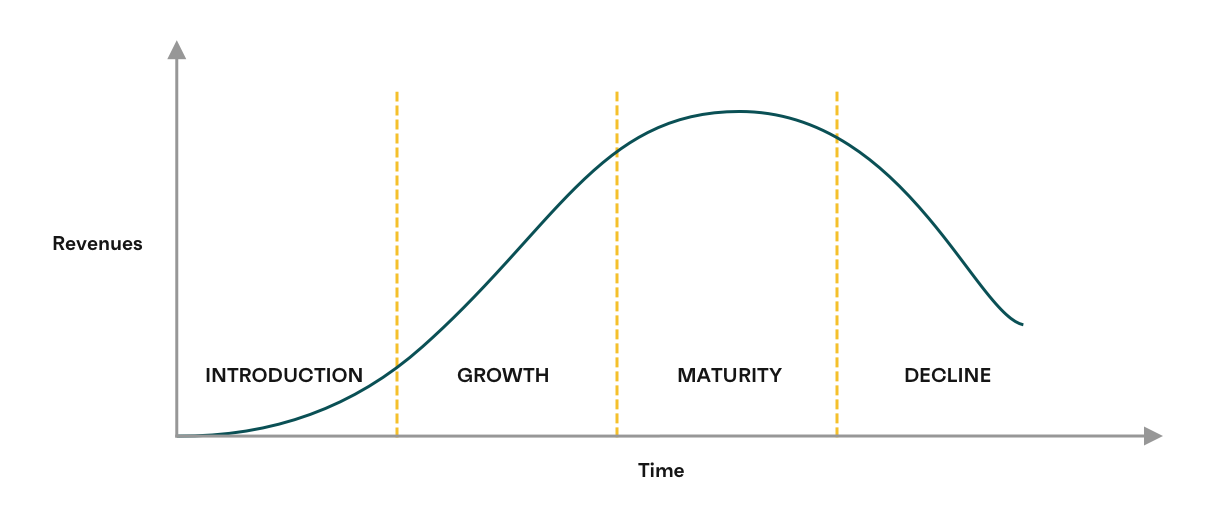How to combine the Product Lifecycle and the AARRR funnel to map priorities
The Product Lifecycle and the AARRR funnel are great tools that can be combined to help you figure out how to launch products, and when to sunset them.

I'm a product developer. By that, I mean that I learned how to code because I liked to bring my ideas to life. I do enjoy a good backend problem, but mostly, the drive was to be able to create products without having to wait for someone else.
That's cool. Until you start spending months building things that nobody wants, because you forgot to get feedback. I've done all the wrong things, and I've been disappointed in all kinds of ways.
But I've been lucky to learn from great people, and my time spent in Product Management gave me some tools to make sure that I don't repeat the same mistakes.
The Product Lifecycle and the AARRR funnel are excellent frameworks that can help you figure out how to launch products, and when to sunset them.
Understanding the product lifecycle
If you google Product Lifecycle you'll find a chart that looks like that.

It divides the life of a product (or big feature) in 4 stages.
- Introduction: This is where you start. You're still figuring out product-market fit, trying your different sales channels.
- Growth: Your product is taking off! You're constantly putting out fires, but things are looking good for the business.
- Maturity: The market is established and is starting to get saturated. You begin to feel a shift in what people want as new technologies emerge.
- Decline: Customers are switching to new solutions as the technology and practices you're relying on are becoming obsolete.
You'll find examples of this lifecycle in all kinds of domains: disposable cameras, Subversion, pogs... It's a pretty safe model to rely on, and we're going to pair it with another popular concept.
Meet the Pirate Metrics 🏴☠️
The Pirate Metrics, or AARRR funnel, is a framework created by Dave McClure to organize the customer journey into a series of critical steps.

Each stage of the funnel corresponds to a question.
- Acquisition: How many people come to our product?
- Activation: How many of them manage to use it?
- Retention: How many stick around and use it again?
- Referral: How many users share our product with others?
- Revenues: How many people end up paying us?
The further you go down the funnel, the smaller the population. It's an important tool for startups, as it helps make sure that you have healthy transitions in your customer journey.
But what's great about it, is that it can also be used for roadmapping.
Combining the Product Lifecycle and AARRR funnel to identify priorities
So, on the one hand, you have a product journey, and on the other hand, you have a customer flow. How do we combine those?
Well, we're going to pick 2 parts of the AARRR funnel to focus on at any point of the product lifecycle.
A couple of things before you rush to the comments.
"If I had more time, I would have written a shorter letter." - Blaise Pascal
- Saying that we'll focus on 2 things doesn't mean that nothing else matters. It's just that you're making a conscious decision to say "this is what matters the most".
- Also, focus is hard and it's about saying no. Having less to chose from forces us to think harder and make better decisions.
I will also split the Introduction section into Intro 1 (idea) and Intro 2 (dev). You'll see why in a minute.
Okay, so let's jump straight into the results, and we'll explain the rationale after. This is my proposed mapping.

Now here's how it works.
Introduction (idea): Acquisition & Retention
When you come up with a new concept that you want to take to market, it's tempting to jump straight into code and start building. There are great stories of entrepreneurs who got it right the first time, but most of us will get it wrong.
Yes. You, me, them. (even your heroes failed - they just forgot).
So the suggestion here is to focus first on validating that idea. This is why you'll focus on 2 questions:
- Can I find some people interested in my idea?
- Would they pay for it?
If you can't find 10 people to talk to, it's not going to get easier by building a product. And it'll be 1000x cheaper to iterate your pitch until someone says they'll pay for it, than iterate 2-3 times on a real product to find a market.
So the first part of your journey should be trying to get paid customers without a product - some people are so good (I'm not) that they can get people to prepay for something that does not exist. If you can do that, then please email me, I'd love to learn from you.
Here are 2 podcasts that talk about getting revenues without a product:
- https://www.indiehackers.com/podcast/062-mike-taber-of-bluetick
- https://www.indiehackers.com/podcast/096-ben-orenstein-of-tuple
Introduction (dev): Retention & Activation
When your idea has traction, you can move into dev. And here again, the AARRR funnel can give us some guidance. The 2 questions that you need to answer this time are:
- Do people stick to the product?
- Do you have a good enough onboarding?
It looks like they address the same issue, but they're very different. I'd argue that you could start with no account management or onboarding and simply create accounts manually in your database. This will save you heaps of time that you can invest in building the core value of your product.
What you need to test first, is that people stick to the product once they start using it. It doesn't matter what they think of your beautiful signup forms at this stage. It matters that they love what the product does.
Then, you'll still need to fix your activation process before hitting growth. If your conversion rate from lead to first user is low, then you're going to lose a lot of potential users when you push your marketing effort. Better fix that onboarding before spending on ads or posting on ProductHunt.
Growth: Acquisition & Referral
Hitting the growth stage is about figuring out your distribution channels. Remember, it does not mean that all of a sudden, you stop caring about retention. It's more that retention should already be at a good enough level that you can now focus on getting more people to try your product.
Once again, 2 questions:
- How can we get new people to know about our product?
- Can we leverage existing customers to get new ones?
The interesting thing here is that Revenue is not part of the main focus. The rationale is that if you validated that people would pay for it in Introduction, then getting people through the door should naturally produce sales.
And it could also be that you will want to sacrifice revenues at the start, for the sake of getting more people using your product and circulating your brand.
Maturity: Retention & Revenue
Hitting Maturity is a scary thing. It means that your market is saturated and competition will intensify. In a Growth market, there's enough room to play that you don't really have to worry - there are thousands of customers that you can reach.
But in a Maturity market, there's little room to grow. So (1) you need to make sure that your customers aren't thinking about going somewhere else (they are!) and (2) you'll need to compensate for the lack of new revenue growth.

This is usually when you see companies increasing their prices. So, 2 questions again:
- What can I do to keep existing customers happy as long as possible (meaning, while you figure out how to transition to the New World)?
- How can I maximize my revenues with slow growth?
Decline: Revenue & Acquisition (new idea)
This one is tricky. There's not much you can do when your market is in decline. Rather than try to hope for a miracle, you should be on the look for a new problem to solve.
You still need to focus on revenue. Not by getting more customers, but by getting better margins. You can raise your prices again, reduce your R&D, optimize support costs, cut your Marketing costs. You're basically putting your product in maintenance mode to free your team.
What you need to do now, is go back to the drawing board and figure out what your next opportunity is. This is why Acquisition comes back as a priority.
- Can we cut down our costs to improve our margin?
- Can we find customers interested in our new idea?
This model is not absolute
Here's the same table with the main focus of each staged summarized.

I'm sure you'll keep an eye on all parts of your funnel. And you shouldn't ignore things that are fully broken. But the goal of this post is to give you some structure and order to help you focus on a couple of things at a time.
While you may change the combinations, I would suggest to never work on more than 2 parts of the AARRR funnel in any given month. It will create too many distractions, and it will be hard to understand if you're having an impact or not.
What's next?
If you liked that post, we have some other things to help you be more outcome-driven:

